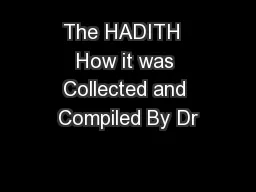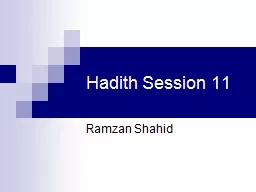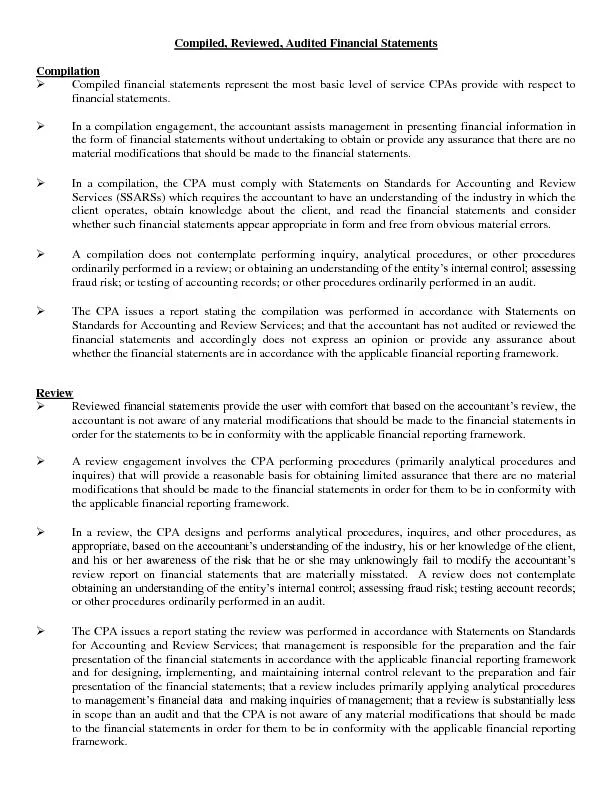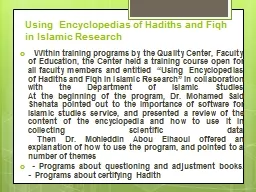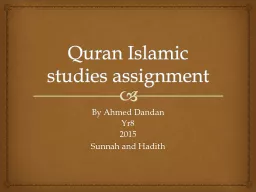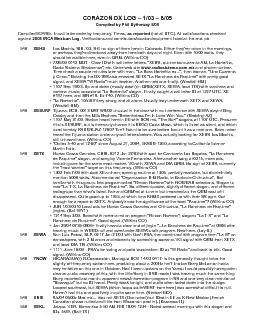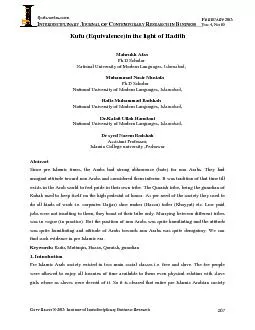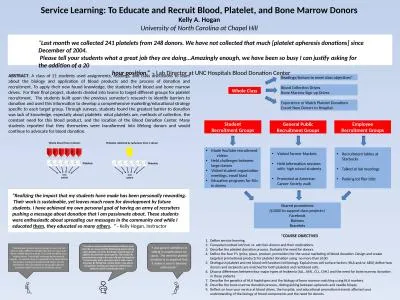PDF-The HADITH How it was Collected and Compiled By Dr
Author : briana-ranney | Published Date : 2015-05-18
Mohammad Shafi Based on Lectures given at the Dar al Islam Teacher s Institutes SOME DEFINITIONS AlQuran The book that consists entirely of the words claim ed by
Presentation Embed Code
Download Presentation
Download Presentation The PPT/PDF document "The HADITH How it was Collected and Com..." is the property of its rightful owner. Permission is granted to download and print the materials on this website for personal, non-commercial use only, and to display it on your personal computer provided you do not modify the materials and that you retain all copyright notices contained in the materials. By downloading content from our website, you accept the terms of this agreement.
The HADITH How it was Collected and Compiled By Dr: Transcript
Download Rules Of Document
"The HADITH How it was Collected and Compiled By Dr"The content belongs to its owner. You may download and print it for personal use, without modification, and keep all copyright notices. By downloading, you agree to these terms.
Related Documents

